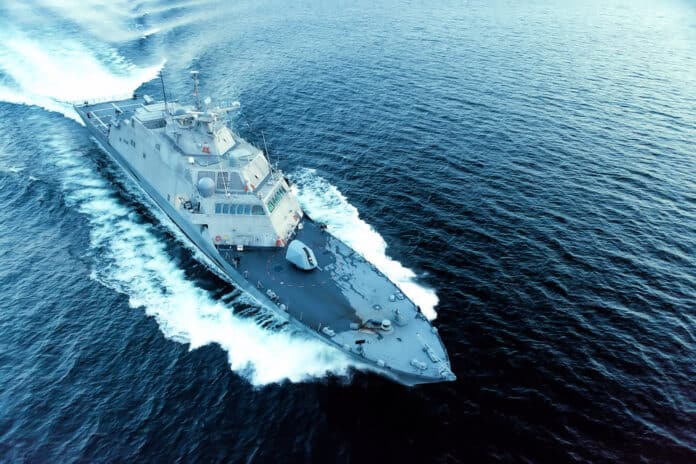Just a few days ago, we previously reported on Operation Prosperity Guardian, which the U.S. and its allies launched in an effort to clamp down and stop attacks in the Red Sea and other critical Middle Eastern waterways.
What changed since last week?
Since last Friday, there was another major attack over the weekend. That attack has caused shipping giant Maersk to reverse its decision to resume shipping operations in the Red Sea.
On Saturday, December 30th, one of Maersk’s vessels Maersk Hangzhou came under attack by Houthi rebels, who launched a missile towards the ship. Additional Houthi ships further threatened more attacks.
As part of Operation Prosperity Guardian, the U.S. and its allies intervened, by use of military helicopters, which returned fire on Houthi forces and fired on Houthi boats. 10 Houthi rebels were killed in the counterstrike.
What comes next for Maersk in the region?
Maersk announced yesterday, January 2nd, that it would suspend all Red Sea vessel transits for the foreseeable future and will not use that route. Instead, Maersk vessels will be forced to sail around the Cape of Hood Hope in Africa, a re-routing that can add as much as two weeks to voyage times.
The shipping giant had bet its security on Operation Prosperity Guardian, but in its current form, the operation has failed to meet its objective of fully securing the shipping corridor in the Red Sea. Even today, January 3rd, more vessels came under fire in the Red Sea as the Houthis continued their attacks.
In response, the U.S. and its allies are considering further steps, including attacks on Houthi drone facilities and operational bases deep inside Yemen.
How do the continuing attacks further affect shipping?
Besides adding longer shipping times to shipping voyages, the attacks in the Red Sea, as well as U.S. military intervention, have caused container spot rates to skyrocket. It is anticipated profits for major shippers will also grow, as stocks are up. The situation is eerily reminiscent to 2021-2022, when the global supply chain crisis and delays increased costs dramatically. Of course, much can change very quickly.




